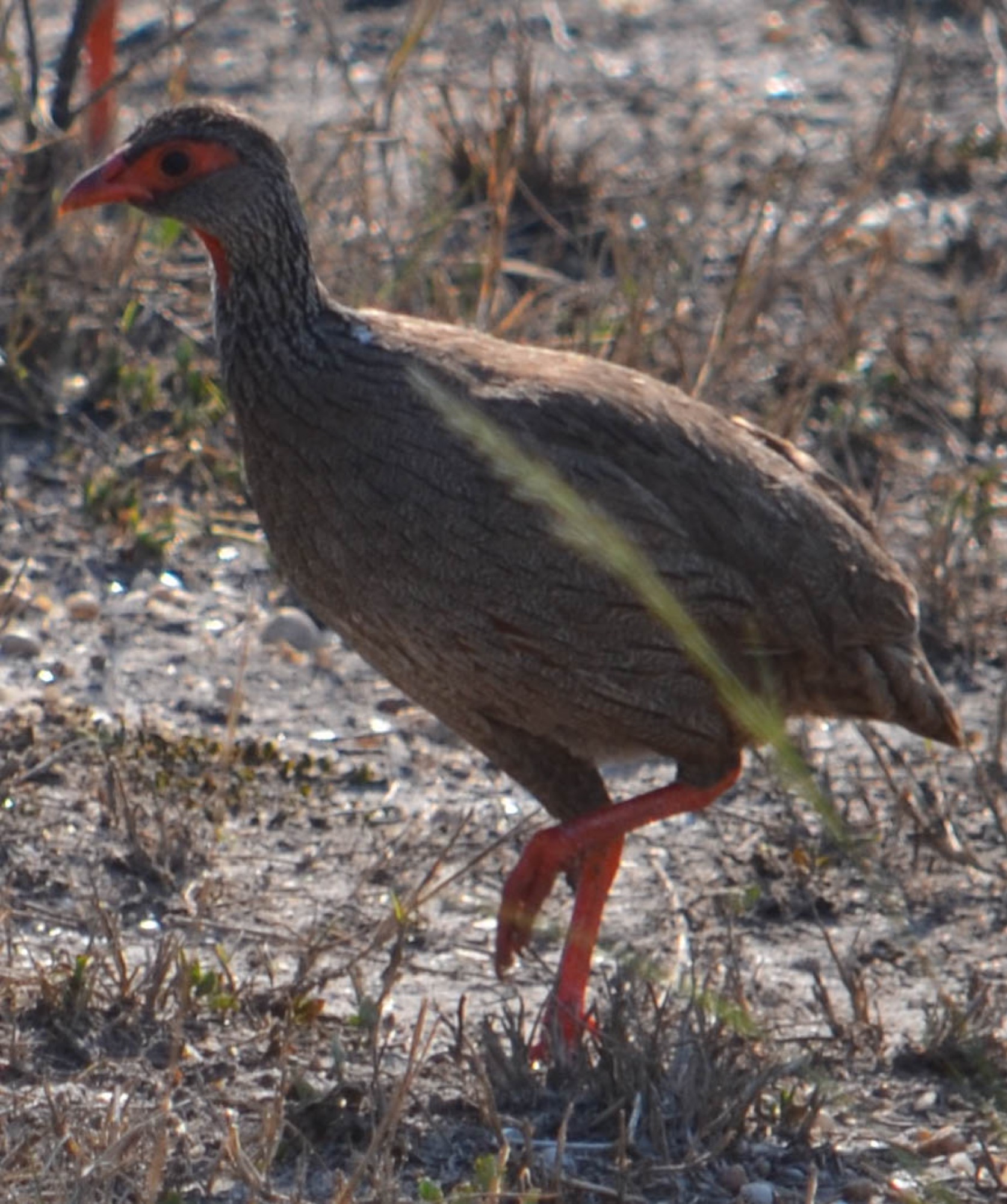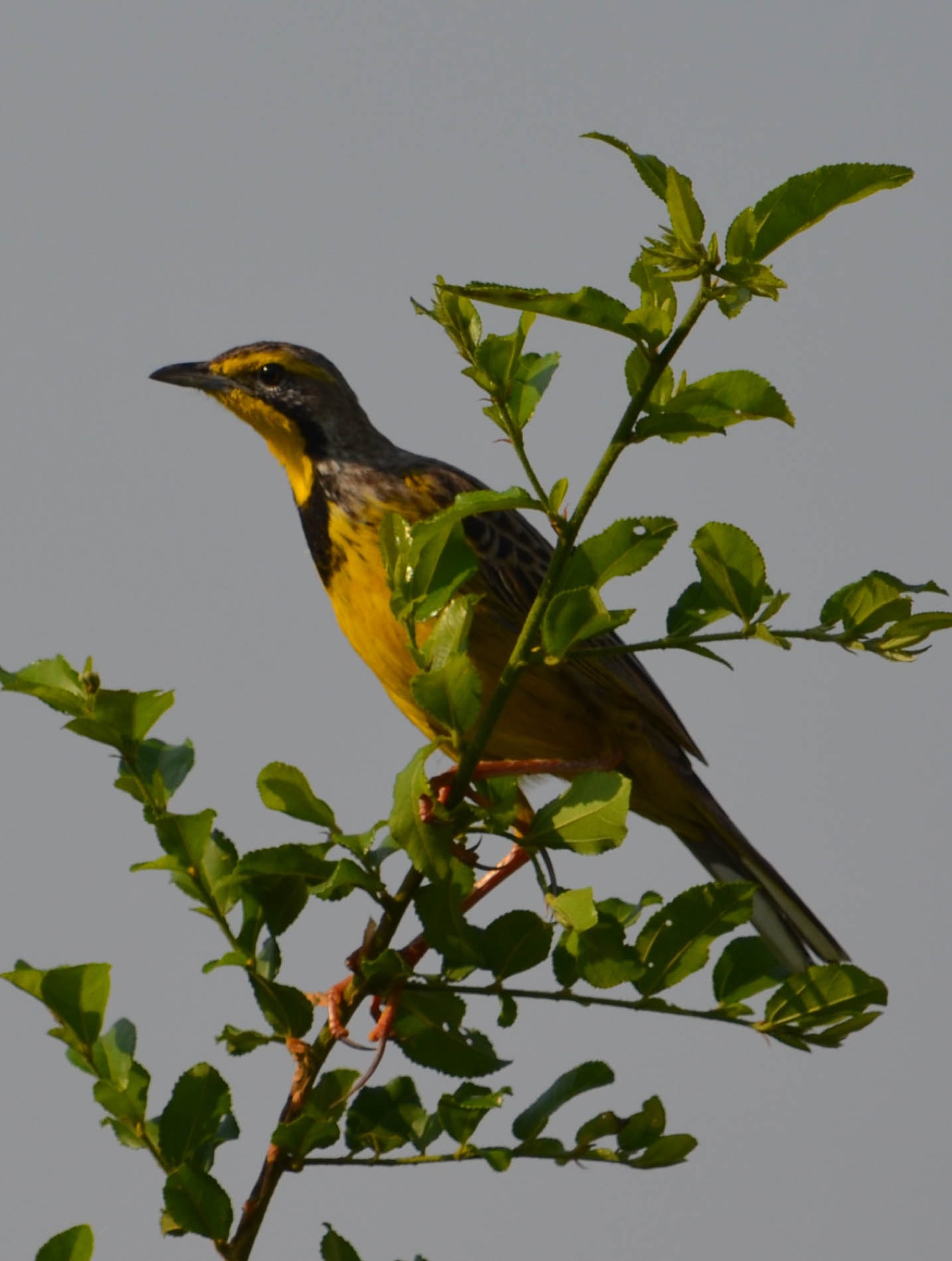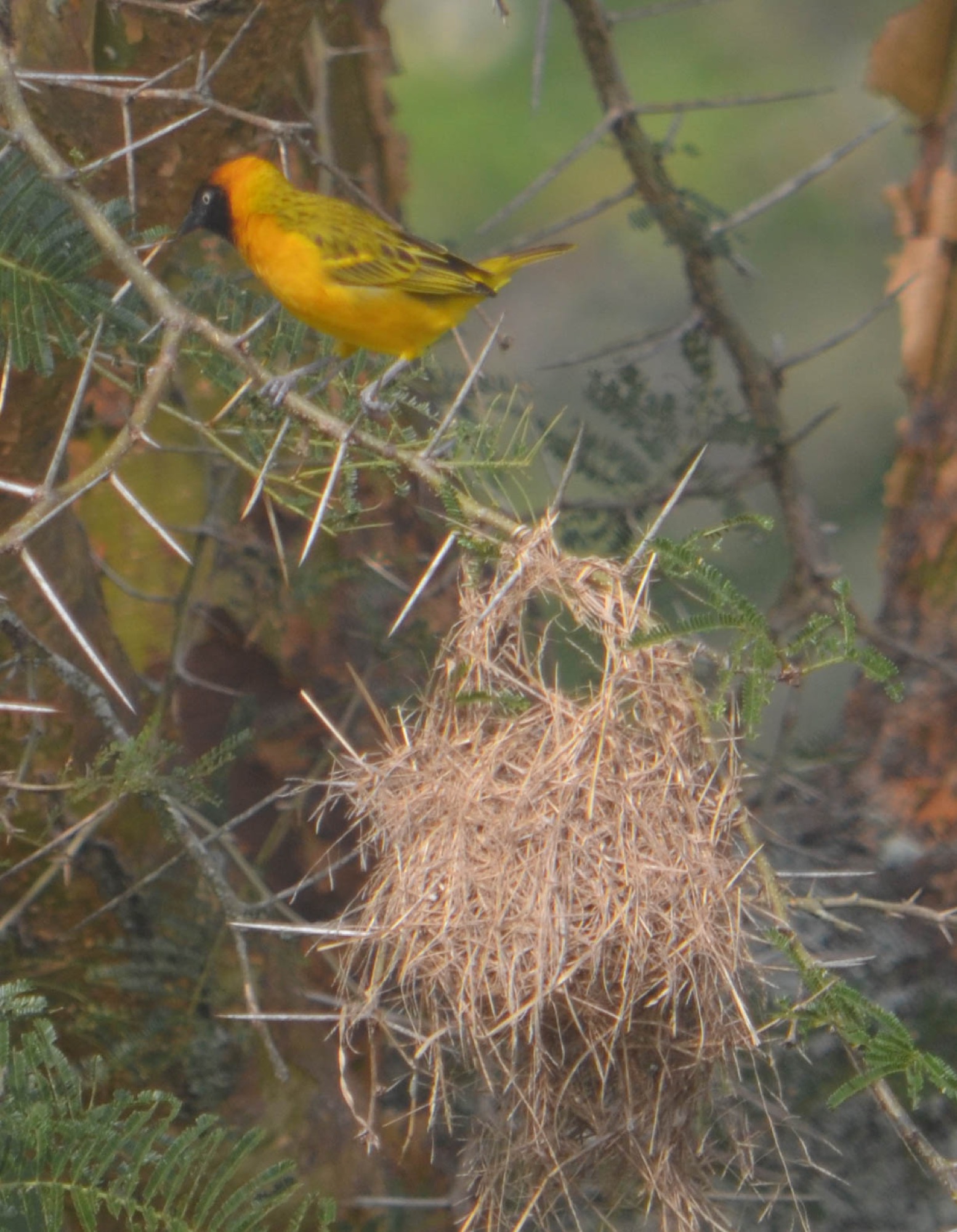A Day in the Life
Homes were often made of mud held together by sticks. Children, in brightly colored uniforms would walk long distances to go to school each day. As we passed in our car, they always waved.
Homes were often made of mud held together by sticks. Children, in brightly colored uniforms would walk long distances to go to school each day. As we passed in our car, they always waved.


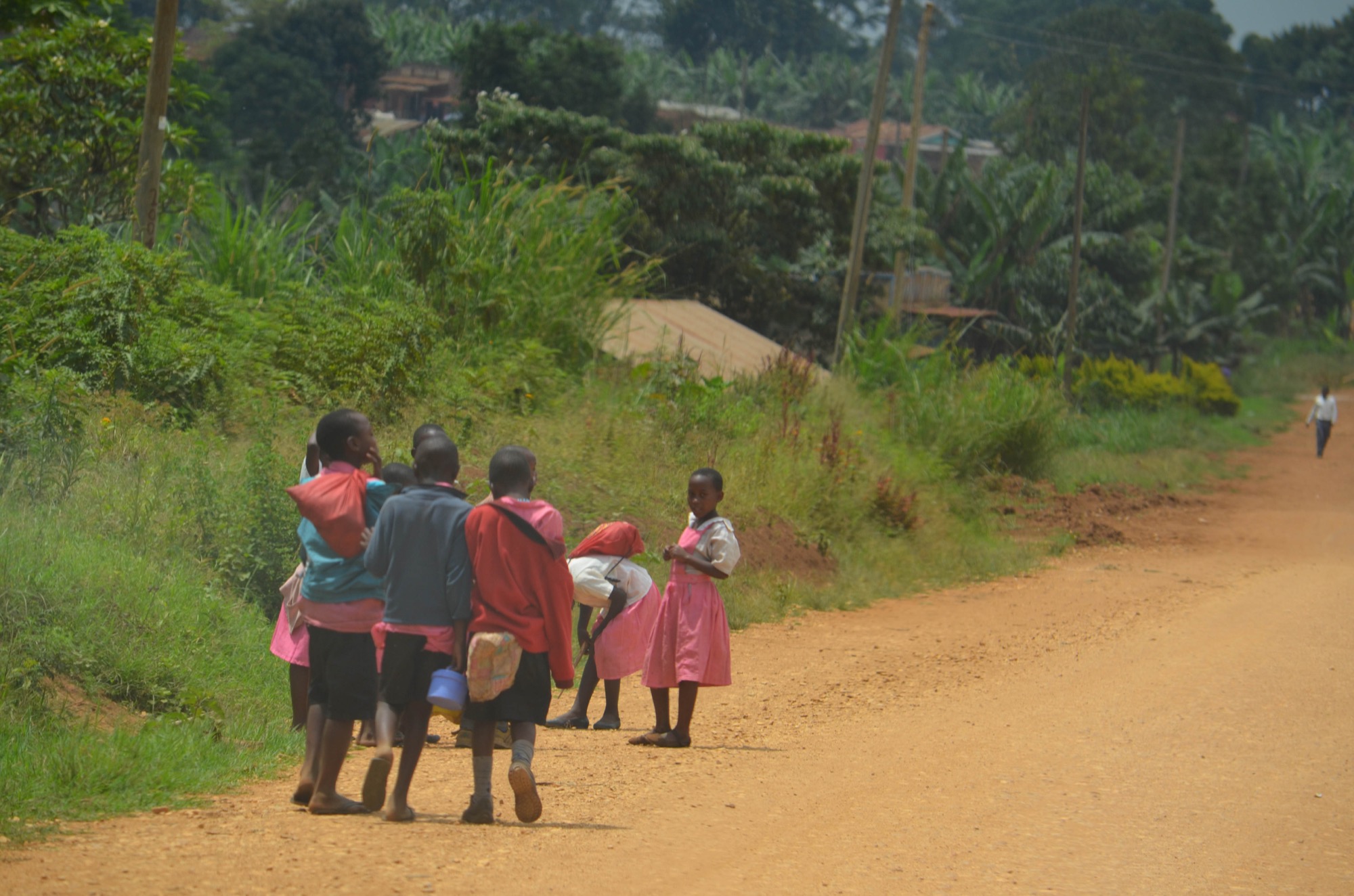



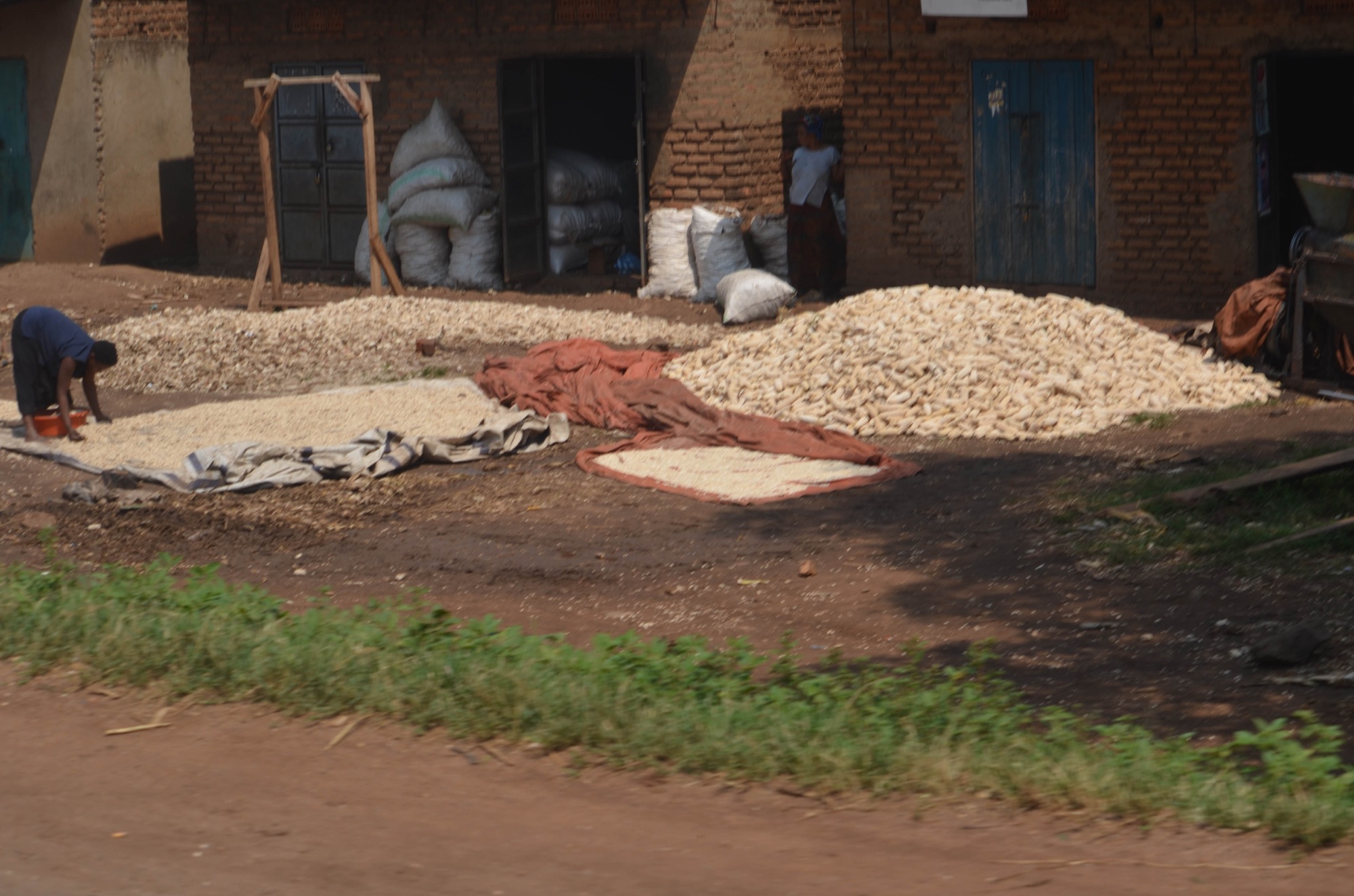
There were lots of small specialized shops where people had their goods on display.


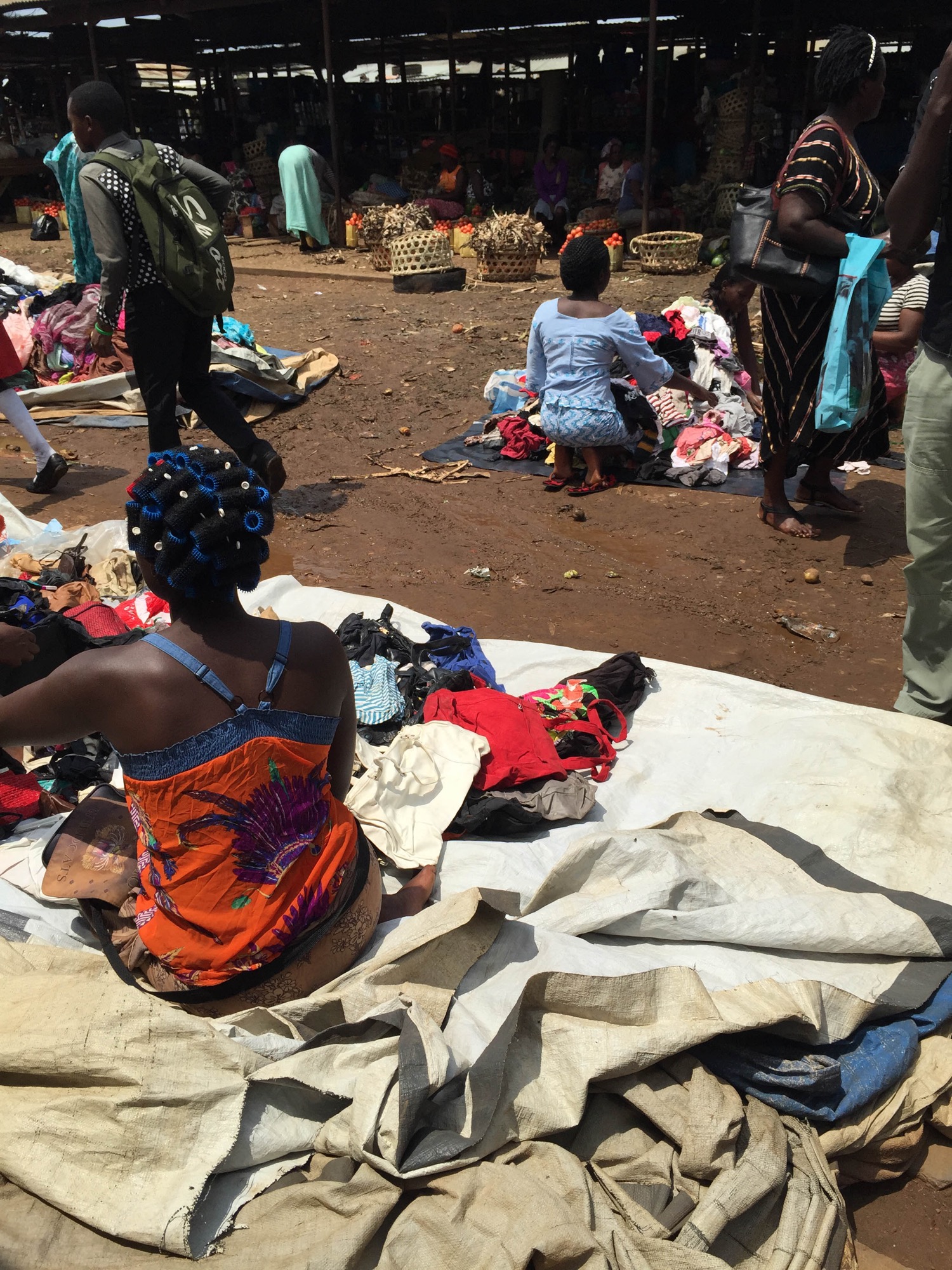
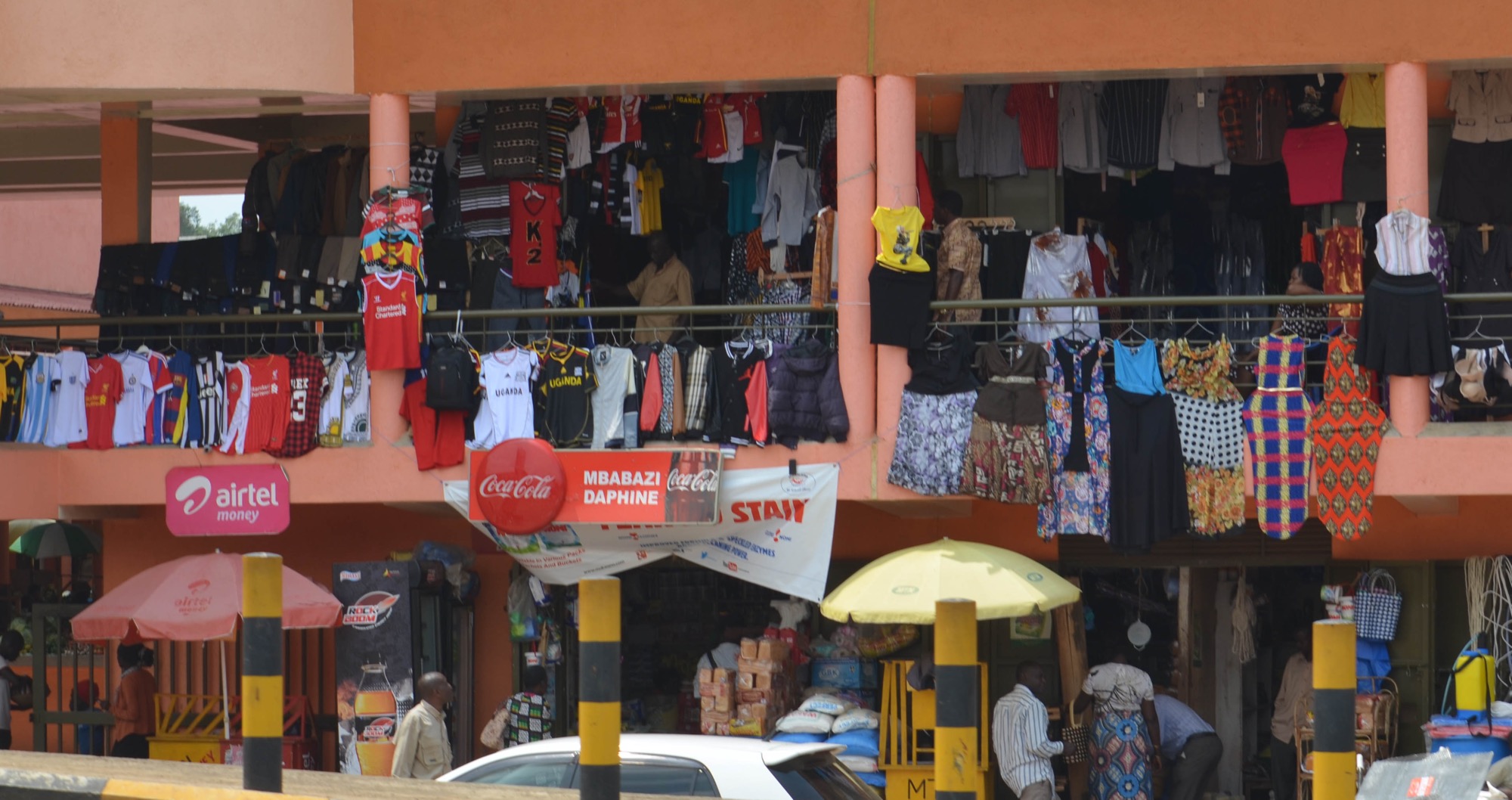



Security was a big concern in Uganda. There were security checks everywhere and many armed soldiers out and about.




As our journey continued, we crossed the equator and kept on going until we finally arrived at Ishasha Wilderness Camp.
We stayed in a tent cabin that was... rustic. It had a bucket type shower that the kitchen staff would fill with hot water when we wanted to bathe. I noticed a small gap in the bathroom wall when a frog came through to visit... could be worse...
We also had all sorts of friends come to visit through the gap under the front door. We managed to push the throw rug into that gap and that seemed to solve the problem.
Even the brooms used by the staff were... rustic.
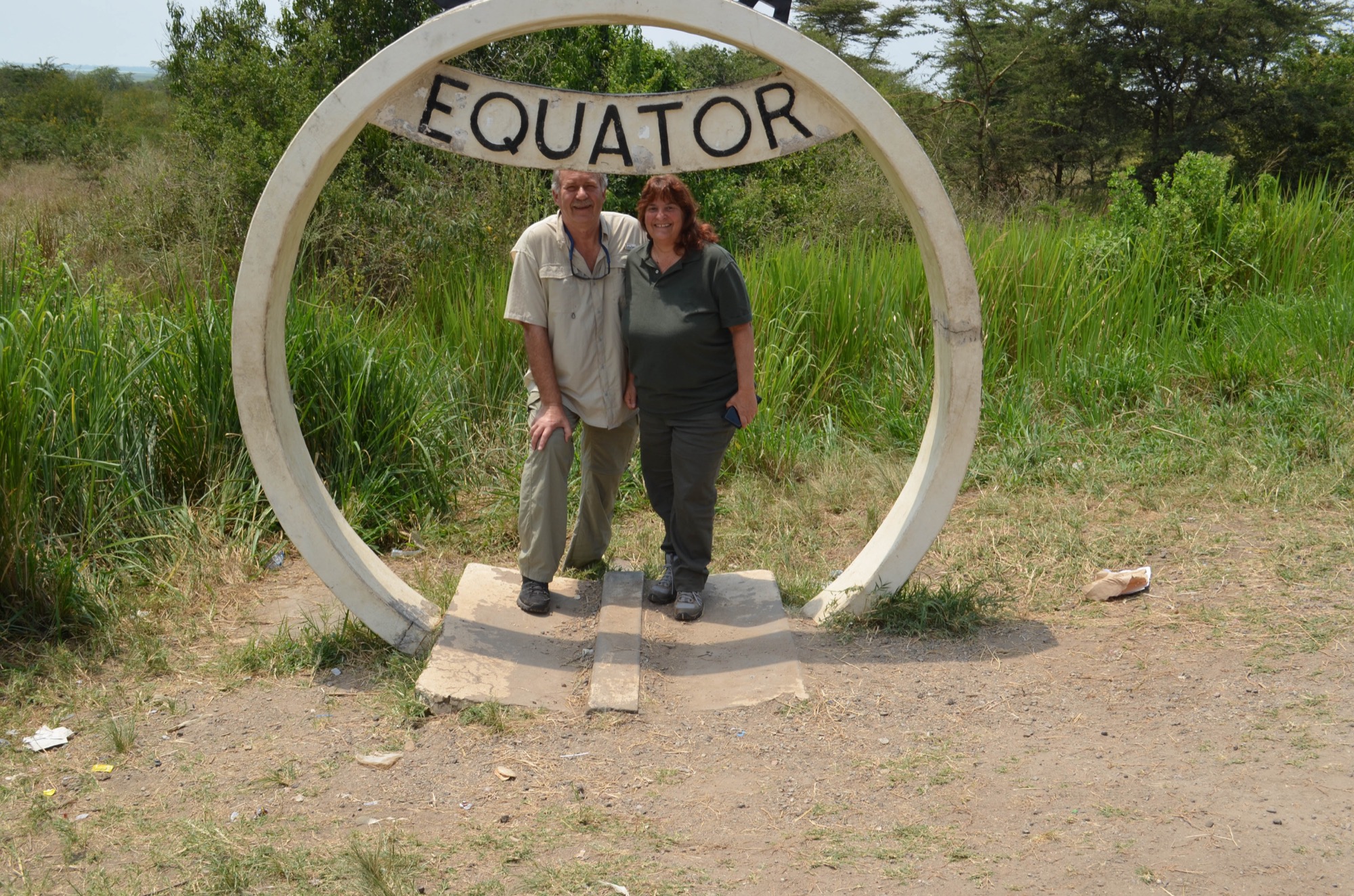




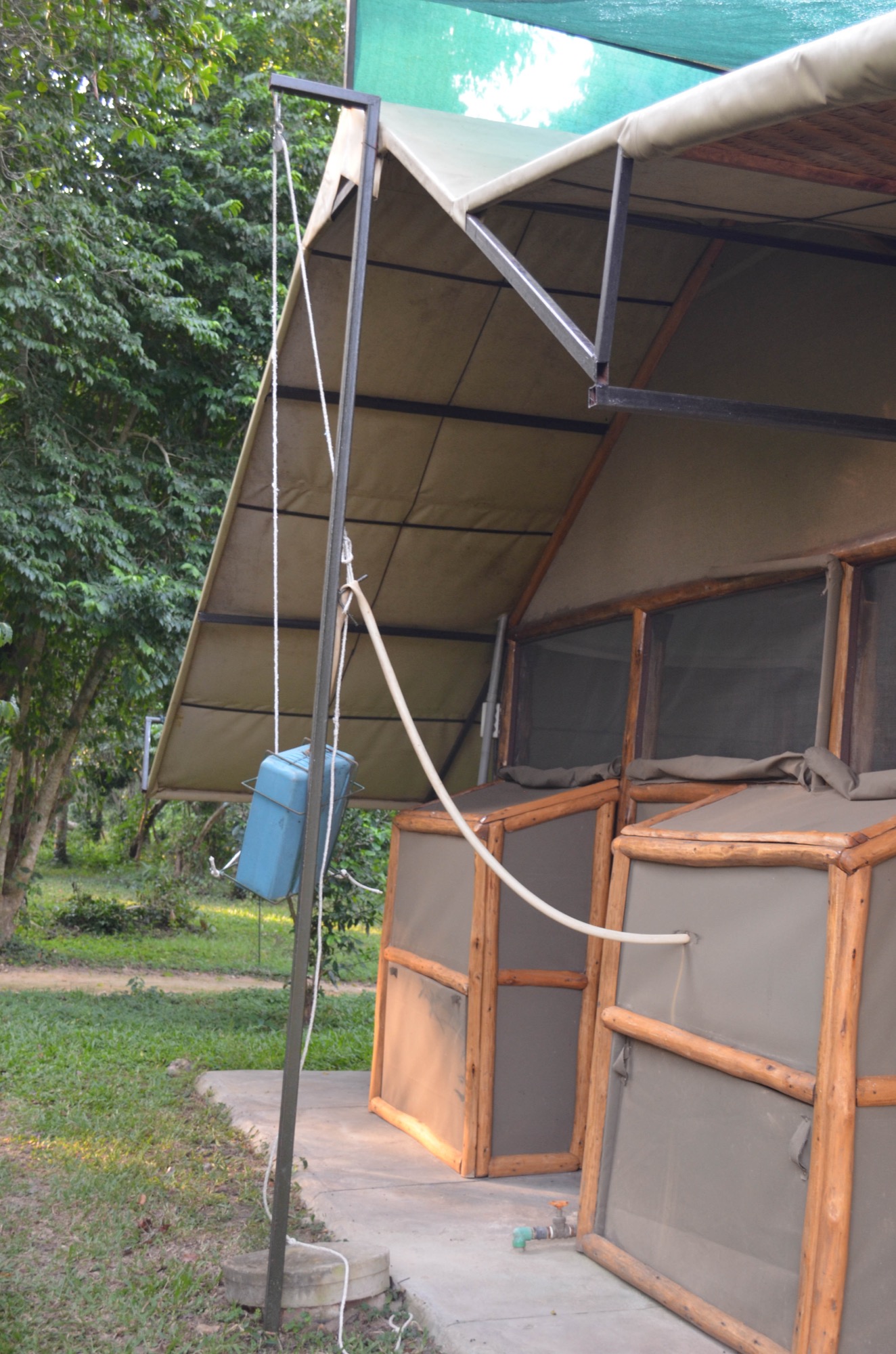




Queen Elizabeth Park is noted for its large population of tree climbing lions and we were anxious to see them. We spent two days in a game drive vehicle looking for tree lions. Unfortunately, we never did find the lions.
We did, however spot a couple of leopards up in the trees. They were beautiful cats and they appeared to be well fed. They hunt at night, so they were just hanging out in the trees when we saw them.
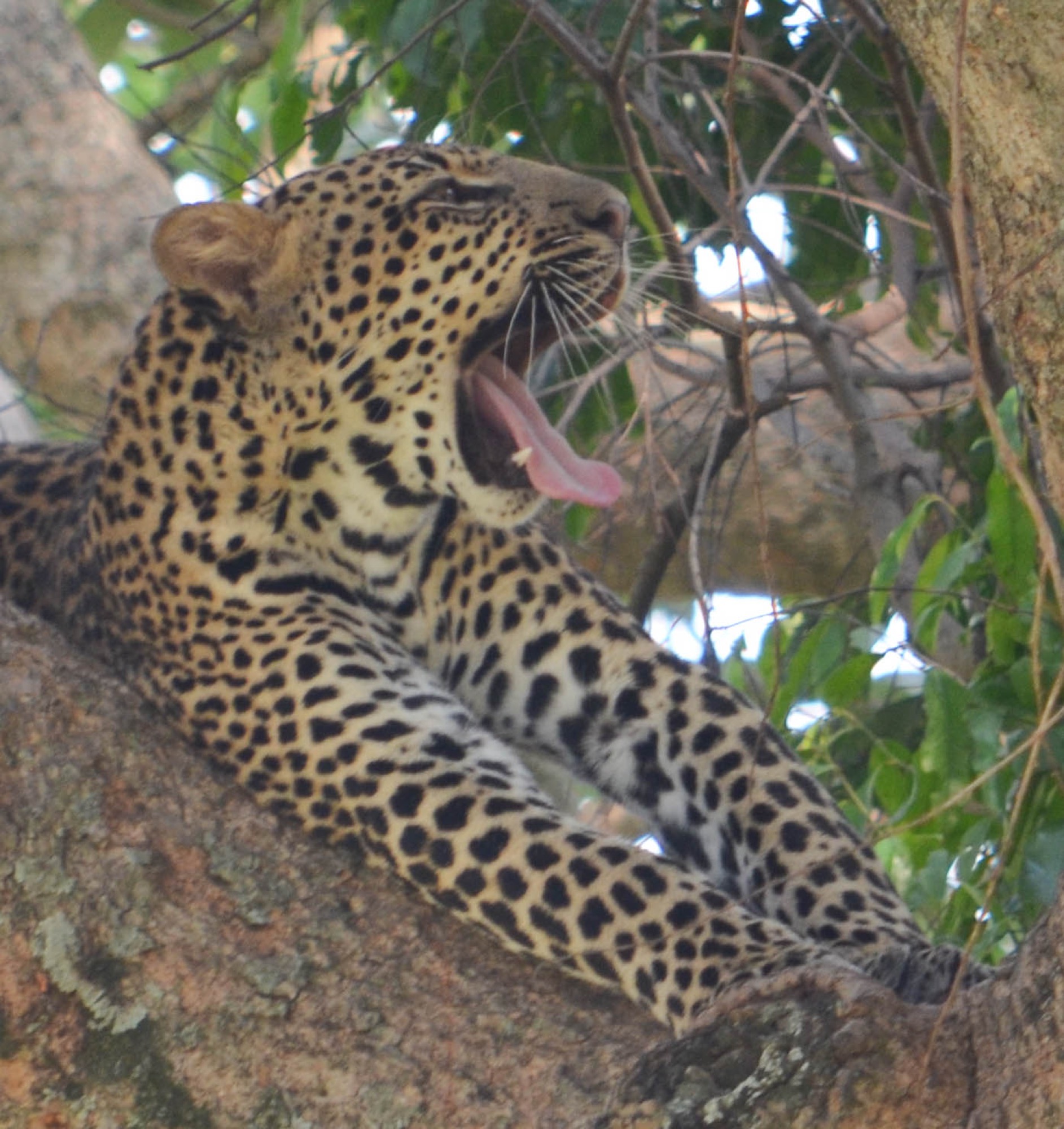

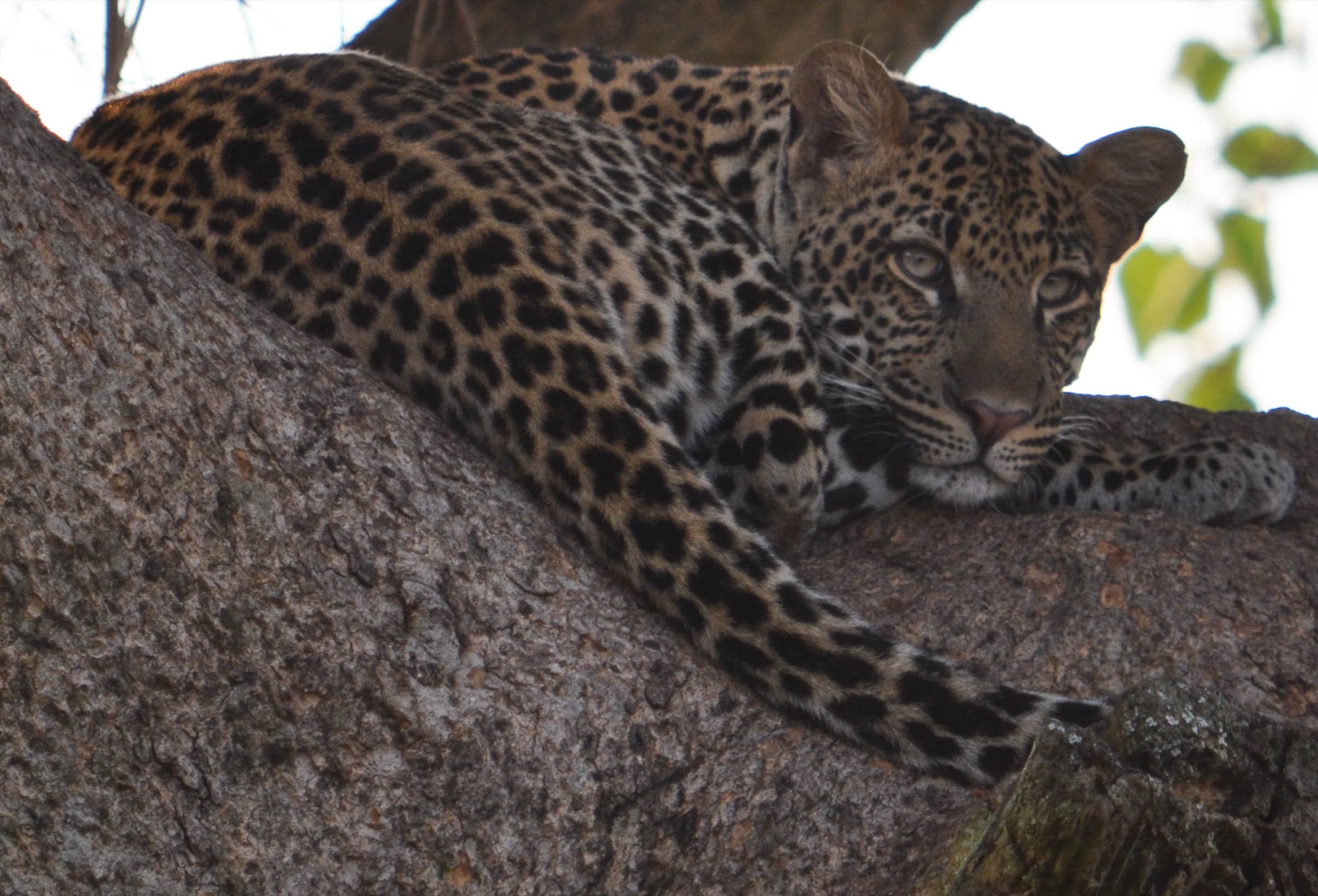

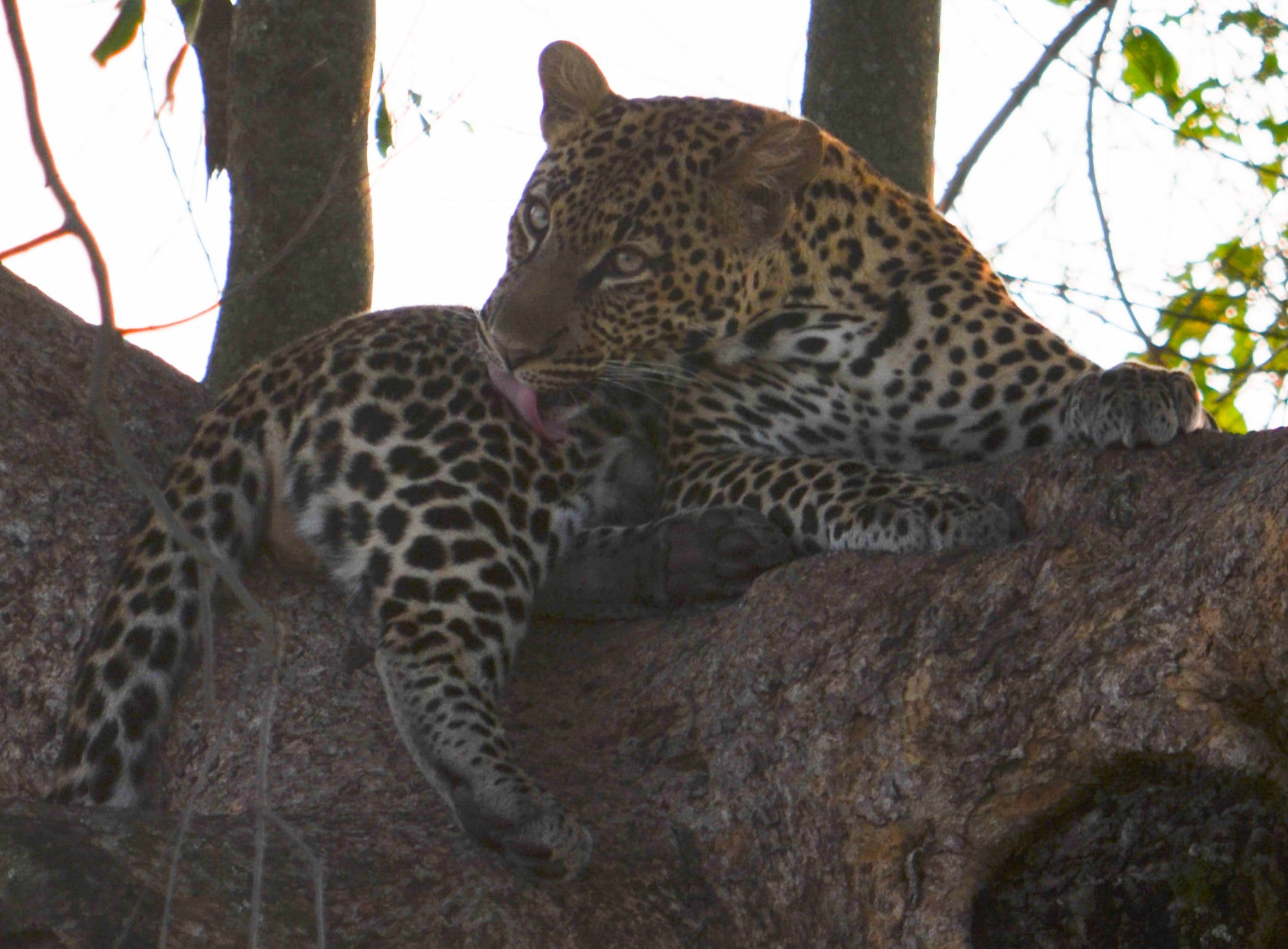

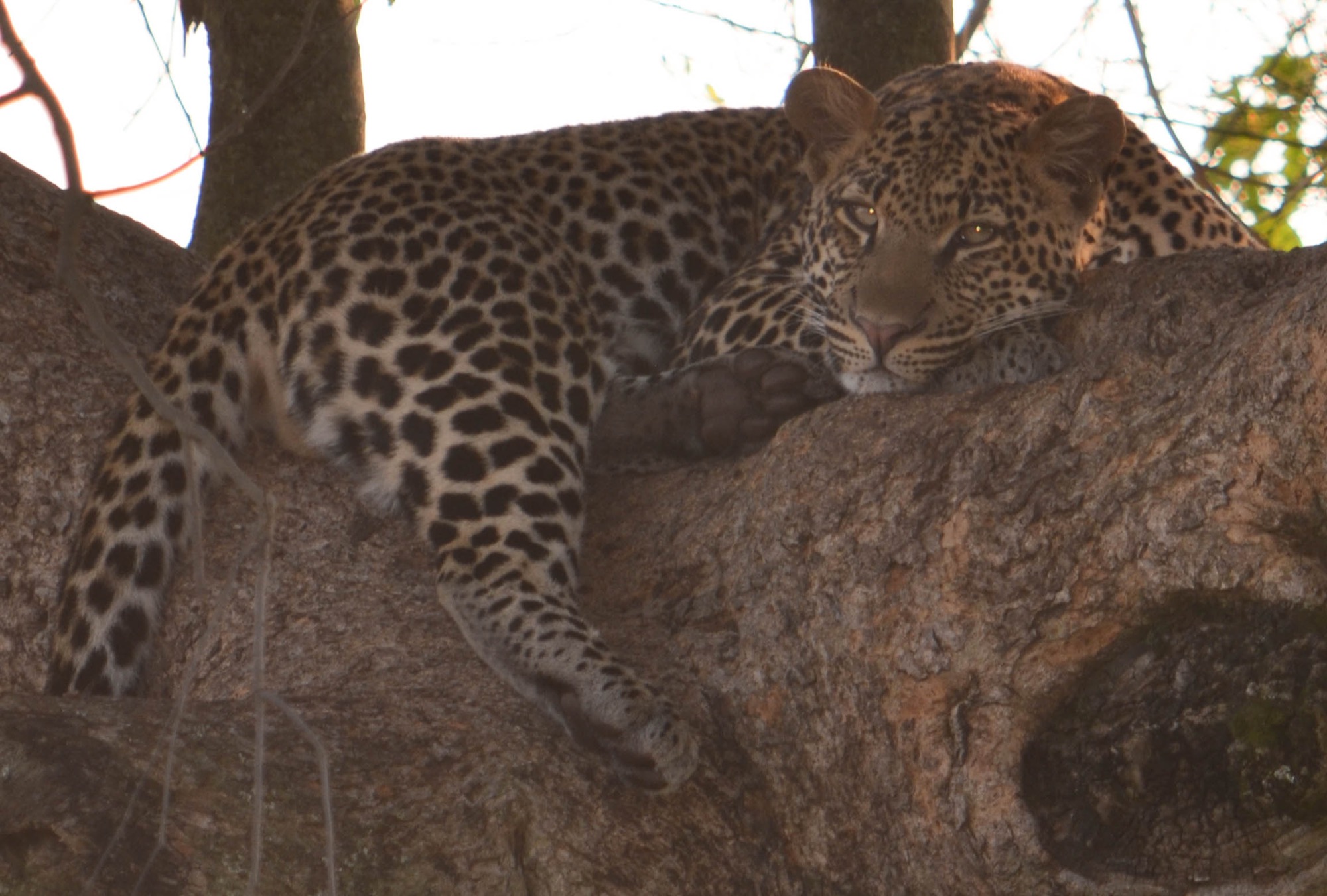
As we drove through Queen Elizabeth Park we saw some herds of Ugandan kob and topi.





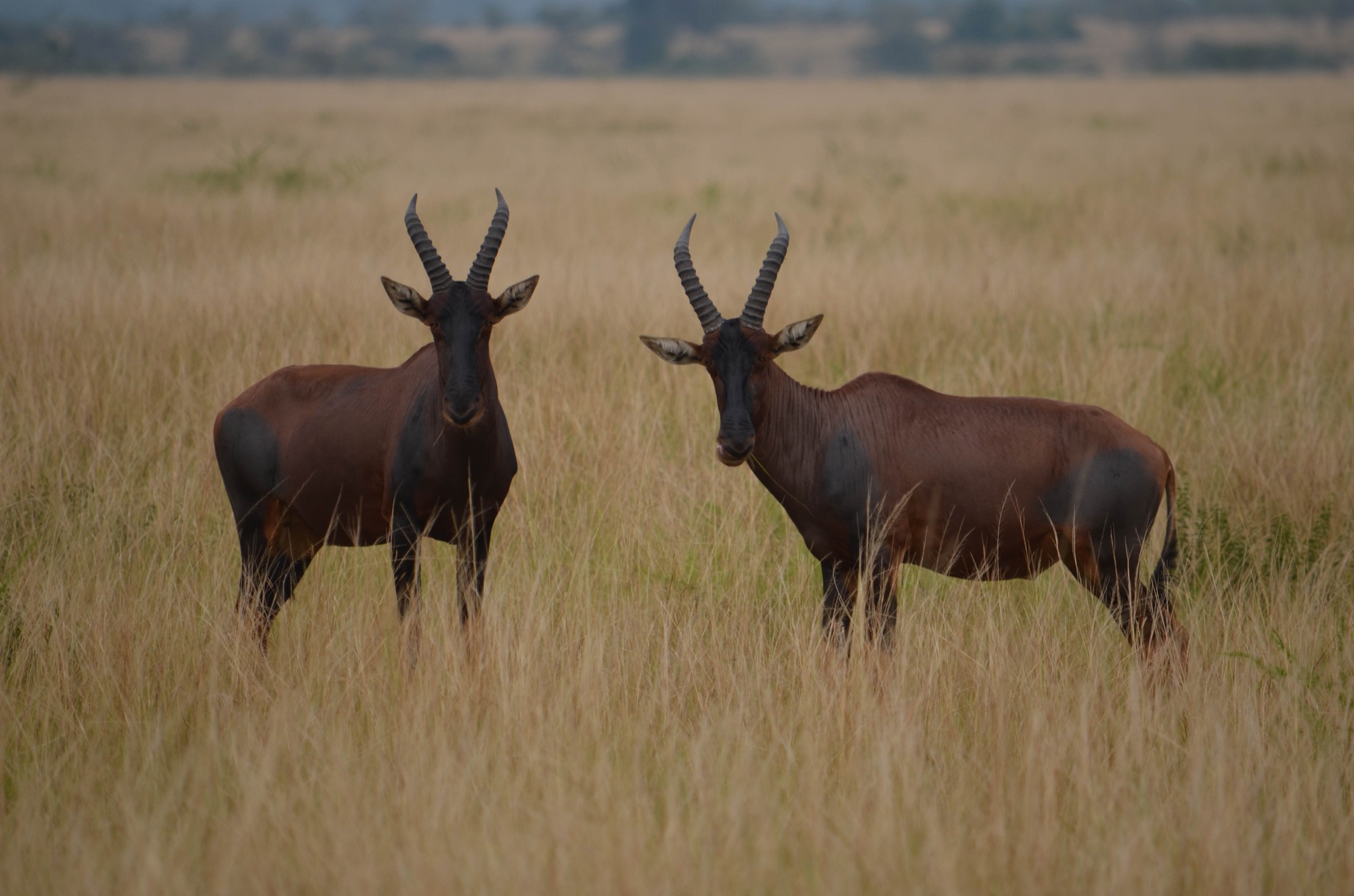

Queen Elizabeth Park was filled with baboons, hippo, waterbuck, and cape buffalo. We managed to see quite a lot of animals while searching for the tree lions.

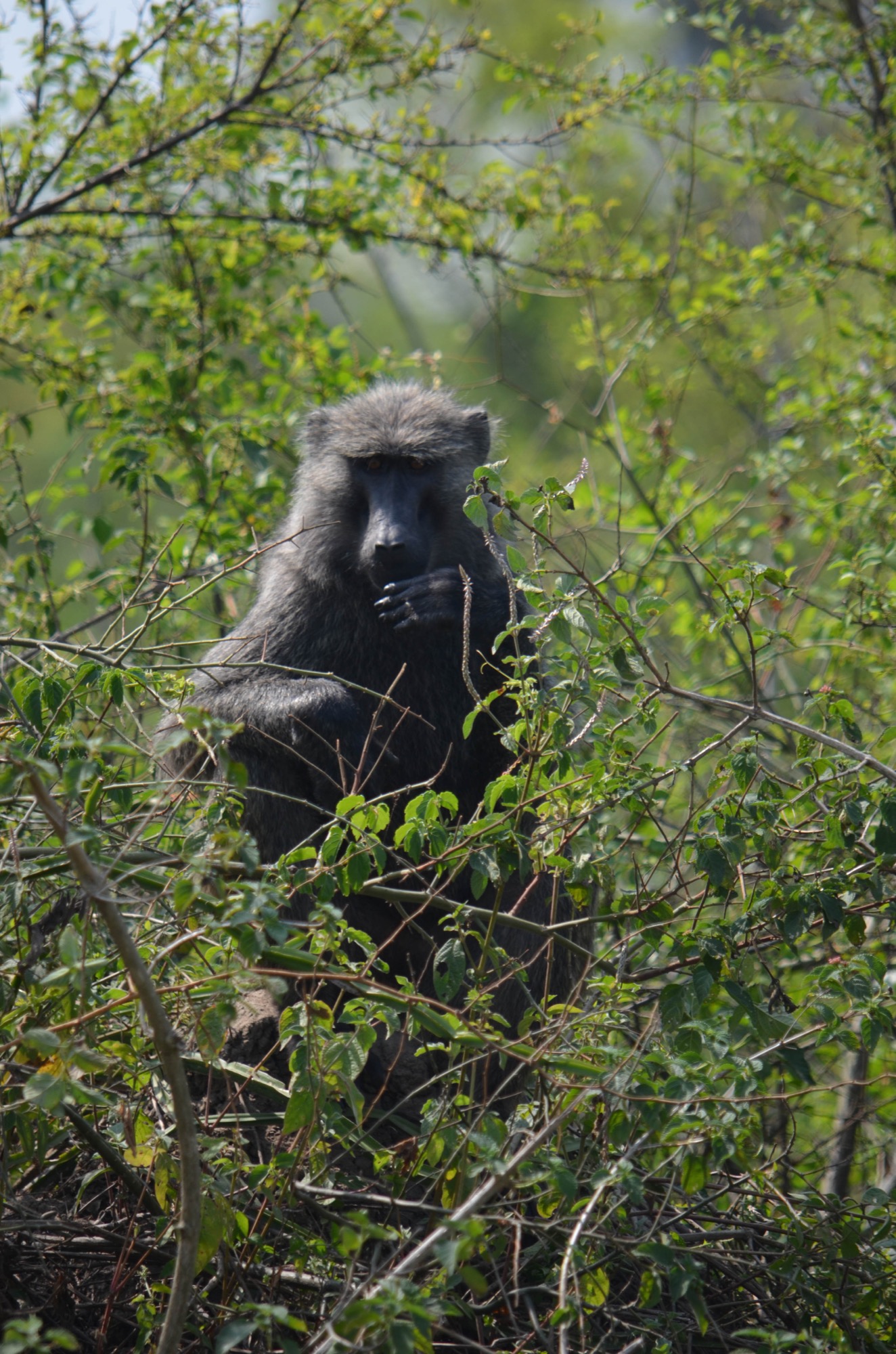
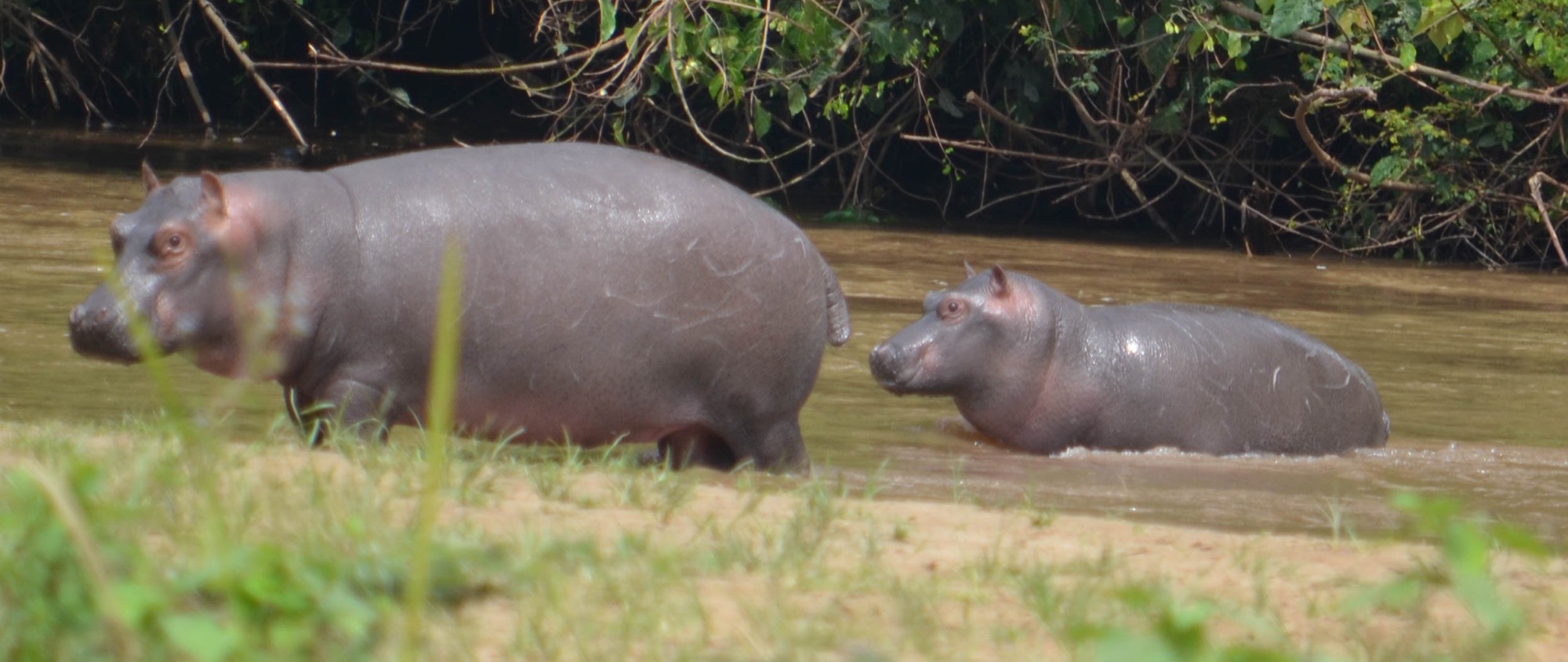





There were some very interesting birds in the park. We saw some Great Crested Crane that were hanging out with some Sacred Ibis, the Red-Billed Francolin, a Black-and-White-Casqued Hornbill, a White-Browed Coucal, a Yellow-Throated Longclaw, a Village Weaver, and the ever present Helmeted Guineafowl.

